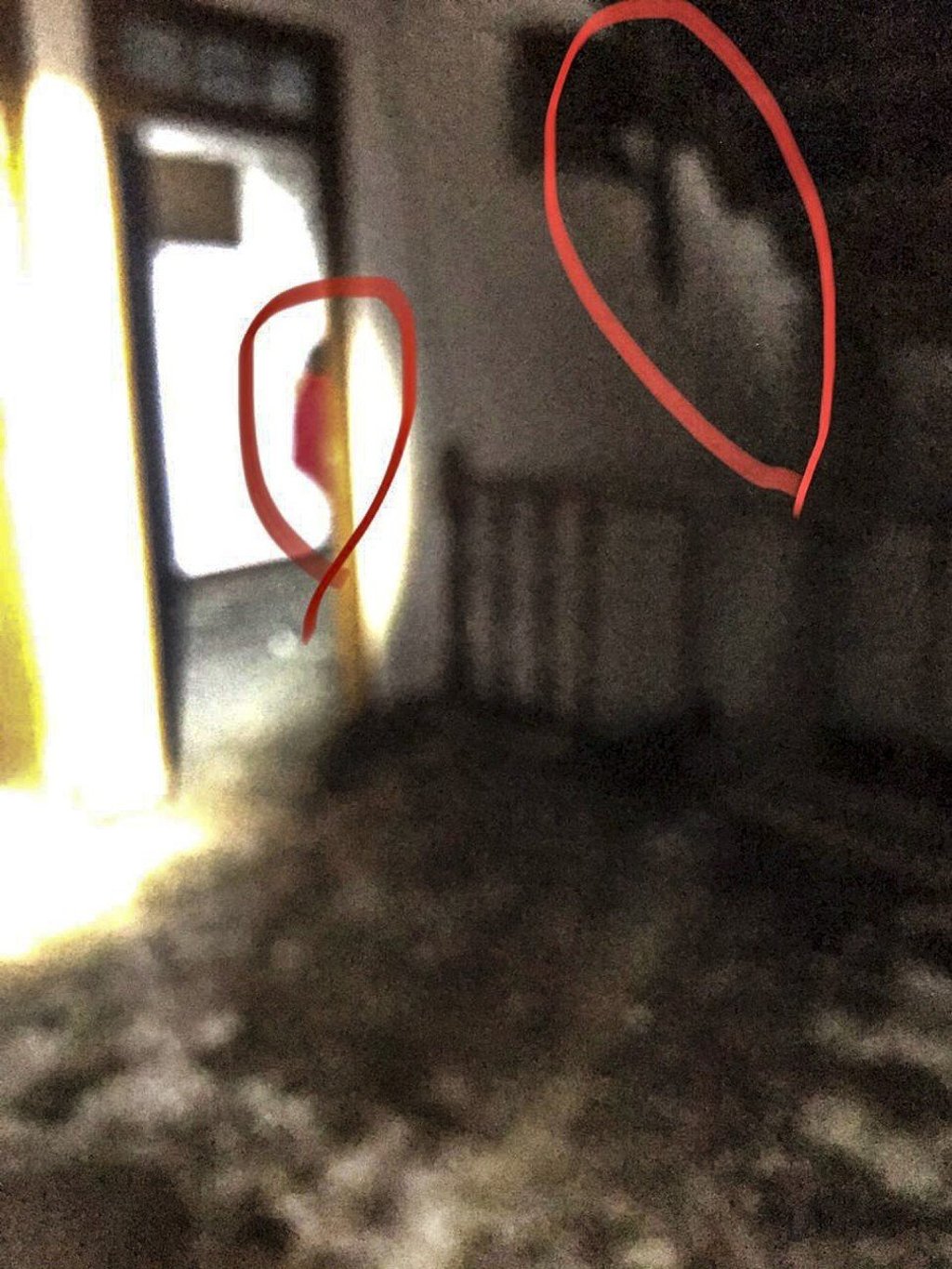Ghouls, zombies, jinns – ghost hunters use photography, human bait and a ‘spirit box’ to find proof of the supernatural
- While the scientific community tends to regard their endeavours as pseudoscience, ghost photographers see themselves as credible scientists
- One group in Indonesia has a ‘70 to 80 per cent’ success rate for its missions to photograph jinns – supernatural creatures – a member says

In late 2013, Mickey Oxcygentri and his wife were driving down a steep hill in rural West Java province, Indonesia, when they thought they saw a zombie.
It was an hour past midnight near Cicurug village, in Sukabumi Regency, and the only light around came from a few houses along the road. Oxcygentri, based in the Indonesian capital of Jakarta, was exhausted and at the end of a long day.
He had driven up the hill to drop off a friend, who had warned him to be careful on the way back and to beware of a sharp bend in the road that was notorious for traffic accidents.
“It was a turn that’s near a mostly Chinese graveyard,” recalls the photographer, now 39. According to local legend, the cemetery is haunted by the roaming spirits of accident victims and, as he approached the bend, something caught his eye.

Shocked by the experience, Oxcygentri, who teaches photography and journalism at Singaperbangsa Karawang university, in West Java, told his colleagues about the experience.
